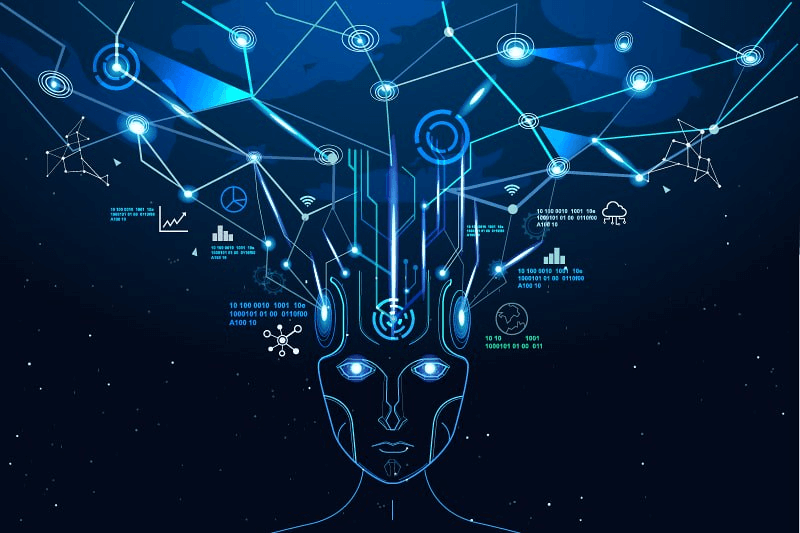DeepMind cofounder Mustafa Suleyman wants to build a chatbot that does a whole lot more than chat. In a recent conversation I had with him, he told me that generative AI is just a phase. What’s next is interactive AI: bots that can carry out tasks you set for them by calling on other software and other people to get stuff done.
The third wave will be the interactive phase. That’s why I’ve bet for a long time that conversation is the future interface. You know, instead of just clicking on buttons and typing, you’re going to talk to your AI.
And these AIs will be able to take actions. You will just give it a general, high-level goal and it will use all the tools it has to act on that. They’ll talk to other people, talk to other AIs. This is what we’re going to do with Pi.































